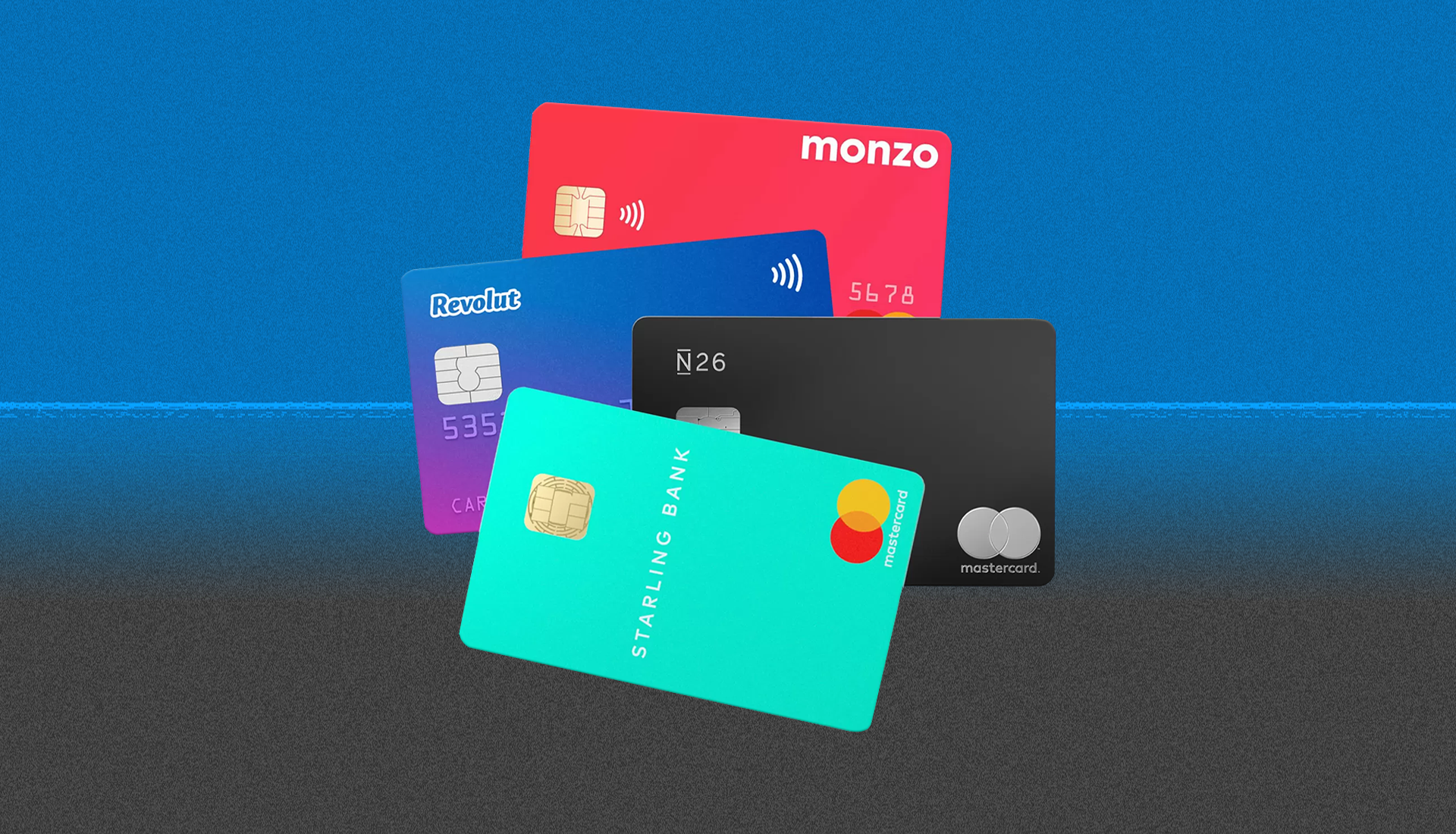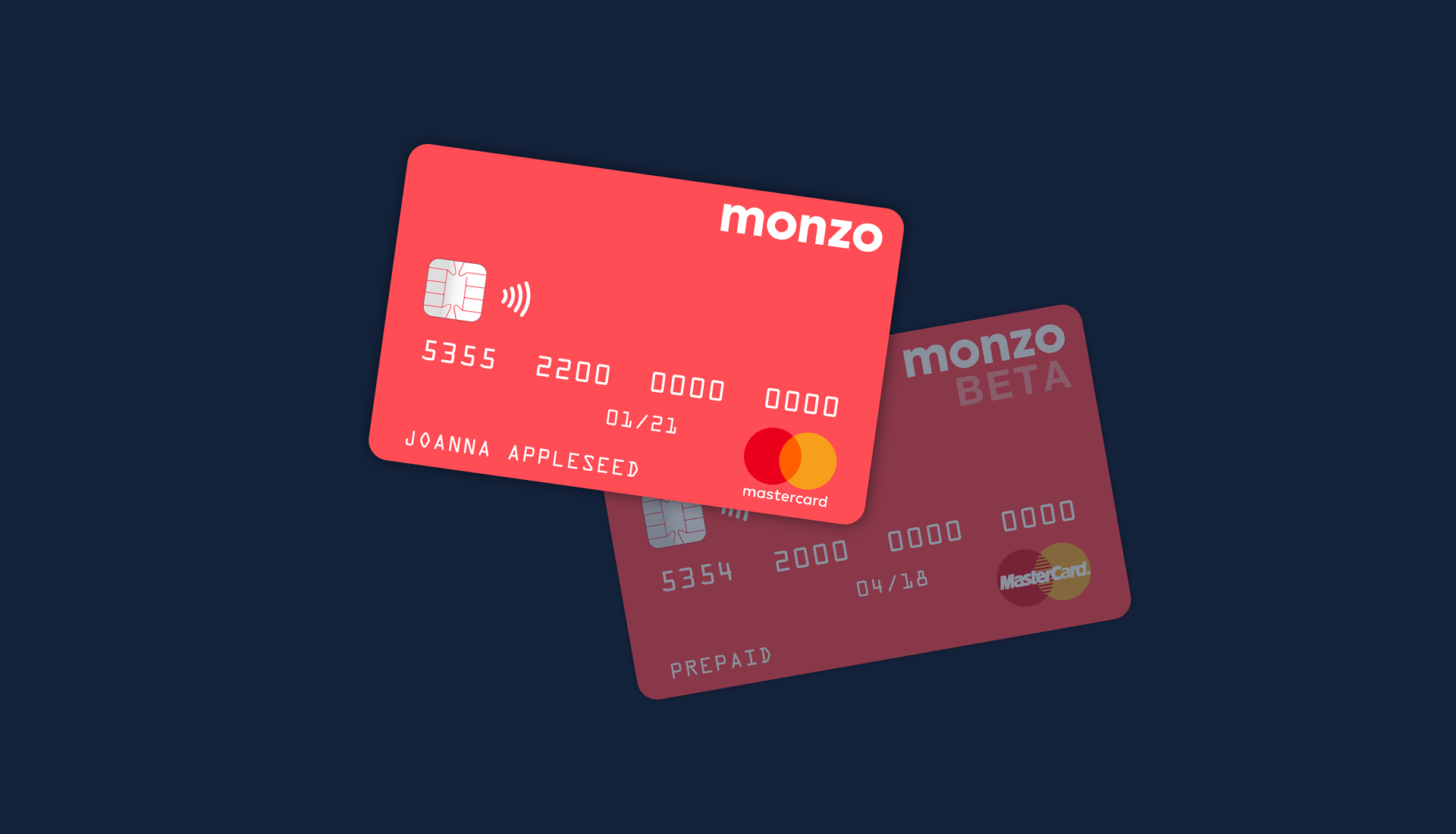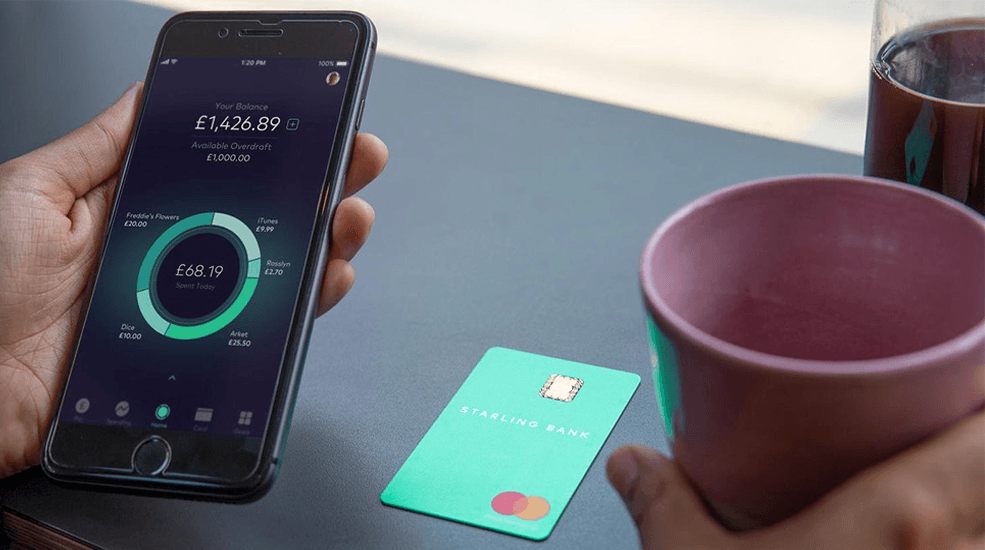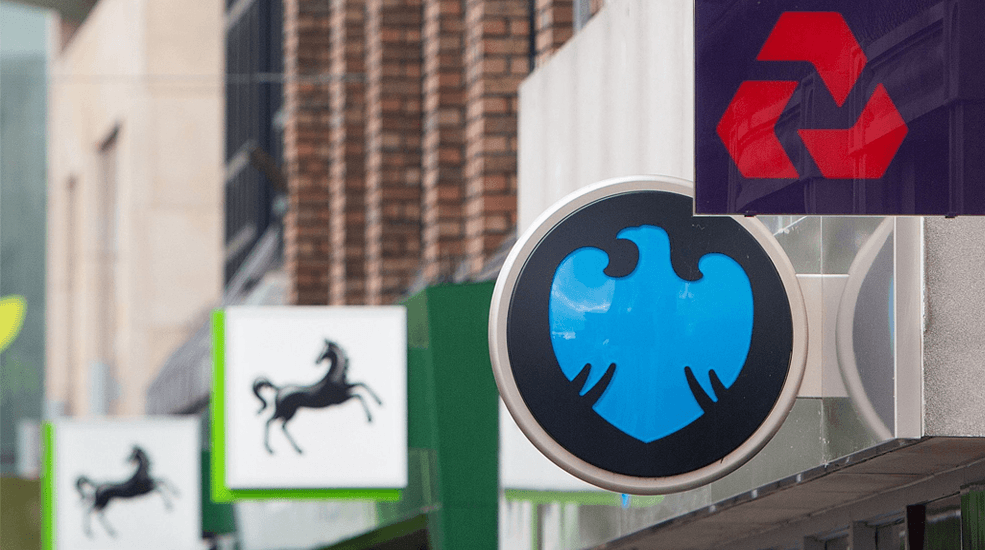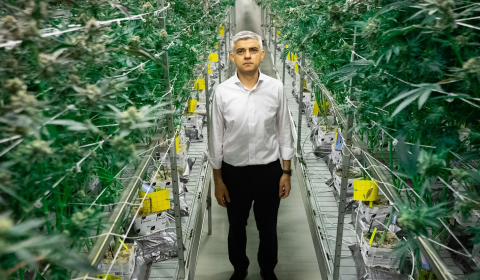Like everything else with Gen Z, it appears the future of banking is entirely digital. But what exactly are challenger banks, and why are they so popular?
There’s little doubt that the future of banking is headed towards a complete digital revamp akin to the shift in takeaway services like Just Eat and Deliveroo. A new wave of start-up companies have grown from quirky USPs into mega conglomerates over the last year or so, and now people (particularly youngsters) are becoming increasingly keen on the notion of shunning physical banking altogether.
After 100 years of dominance, the big dawg banks of yesteryear are quaking in their vaults.
What are challenger banks and how did they come to be?
Rising like a phoenix from the ashes of the 2008 recession, the challenger bank was born. In essence, a challenger bank is any new bank that comes along with the intention of snagging customers from the top branches out there. In the UK we’re talking Barclays, Lloyds, HSBC, and the Royal Bank of Scotland.
After the financial crisis of 2008, people’s trust in the big branches started to waver. In acknowledgment, the government passed a bill promising to reform financial regulation while facilitating competition in an industry that had become ‘too concentrated.’ Today, a new substara of banking is headed by the likes of Monzo.
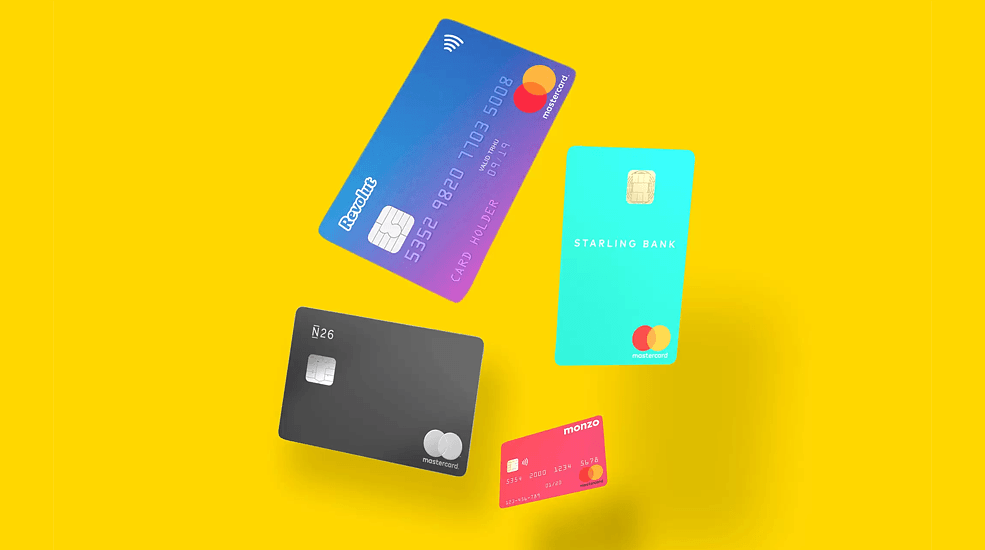
I vividly recall the first time I spotted a shiny new upstart branch back in 2012. Lit up like a beacon, the Metro Bank in its bold blue and red signage arrived on the high-street and really shook up the industry. Offering working hours of 8am to 8pm, all-week opening times, deposit boxes for bling and sensitive documents, and a fresh-faced approach to customer service – complete with doggy water bowls and customer toilets – it proved one of the first steps in revolutionising banking forever.
Now in 2019, the brick and mortar experience looks to be giving way to an entirely digital one for most Gen Zers. As with everything for them; from shopping and research, to gaming and communication, convenience and ease of access is of paramount importance. Banking is no different. It’s priceless, if you will.
What are the benefits for Gen Z?
According to a study conducted by Crealogix in 2018, one in four people under the age of 37 in the UK use a digital-only bank, while a third claim to possess two or more challenger accounts for different purposes. The general consensus among young people in particular is that challenger banks like Monzo make the experience of managing finances far less arduous day to day, allowing users to forgo frequent visits to busy branches and lengthy phone calls.









